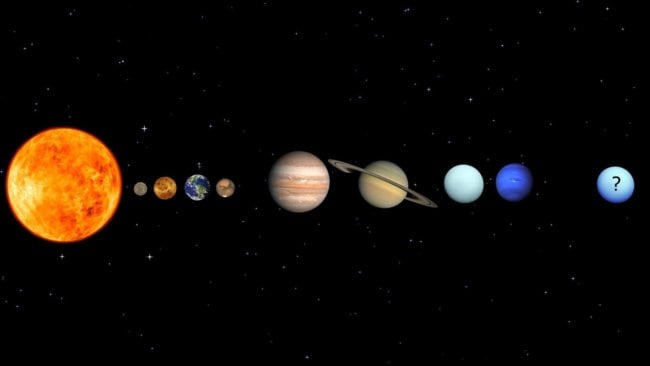
In 2016, ten years after the status of Pluto was downgraded to dwarf planet, researchers at the California Institute of technology expressed the assumption that in our Solar system, there might be another new “Ninth planet”. This supposedly indicates the gravitational influence of an unknown source for some of the objects in the Kuiper belt. It should be understood that once the data got to the public, the scientific community began a heated debate. Many have questioned the correctness of the conclusions of the conducted observations.
The study is ongoing. More recently, a couple of astronomers Madrid’s Complutense University told that used a new method of research of anomalies. According to scientists, this method negates the importance of any errors or mistakes in the observation, because we aimed at analyzing the impacts on a space where a Ninth planet would theoretically be. The results of the study were published in the journal Monthly Notices of the Royal Astronomical Society (MNRAS).
Every celestial body has two so-called node of the orbit – points in space where the orbit of this object crosses the notional plane of the Solar system. And at these points increases the likelihood of interaction of objects with other objects, for example, the same Ninth planet. For their study, the researchers measured the distance between the nodes of the orbits of the 28 known TRANS-Neptunian (TNO) objects (that is, beyond the orbits of Neptune) and the Sun. The analysis revealed that the nodes of the orbits of TNO were grouped within a certain range of distances from the Sun, although this should not be.
“Assuming that it on their dynamics are similar to comets, which are included in the gravitational interaction with Jupiter, we interpret these results as a sign of the presence of a planetary object that actively affects them at a distance of 300-400 astronomical units,” says study author Carlos de La Fuente Marcos.
“We believe that those anomalies that we observe cannot be explained by some normal errors or errors in observations”.
Of course, there is no clear evidence that a planetary object is causing this anomalous behavior, probably. And to ensure that the Ninth planet (or maybe Tenth) does exist, we may have to wait for data from the telescope James Webb, who will be sent into space in October of 2018.
If we are able to open additional planet in our Solar system, this event is not just force us to upgrade our scientific meetings in astronomy. This discovery will help us solve some complex astronomical mysteries we can’t solve for several decades. One of these mysteries is, for example, the unusual inclination of the Sun. Will also have to revise our models of the future evolution of the Solar system.
Discovered new data in support of the existence of the Ninth planet
Nikolai Khizhnyak